The History and Significance of Shaolin Temple’s Chosen Weapons
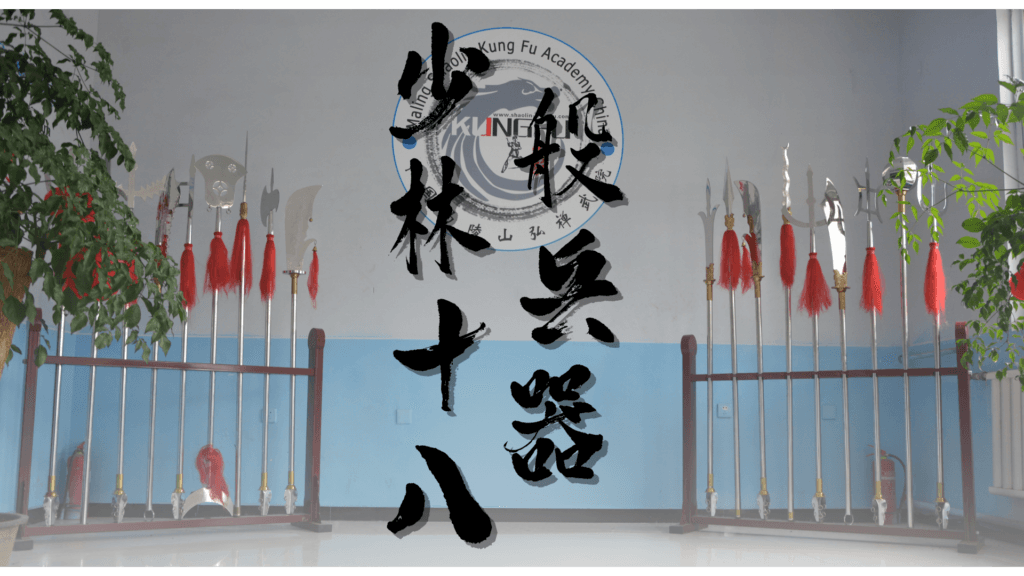
Table of Contents
Nestled within the ancient walls of the Shaolin Temple in Henan Province, China, lies a treasure trove of martial arts knowledge and tradition that has captivated warriors, scholars, and enthusiasts for centuries. At the heart of this revered institution are the Shaolin 18 Arms, a legendary collection of traditional Chinese martial arts weapons that embody the essence of Shaolin Kung Fu. From the graceful staff to the formidable broadsword, each weapon in the Shaolin 18 Arms repertoire holds a rich history, steeped in both practical combat application and spiritual significance. In this exploration, we delve into the origins, characteristics, and cultural significance of these iconic weapons, shedding light on their enduring legacy within the realm of Chinese martial arts.
The Shaolin 18 Arms
The 18 traditional weapons of the Shaolin Temple warrior monks, also known as the “Shaolin 18 Arms”, are a comprehensive set of martial arts weapons that have been passed down through generations of Shaolin practitioners. These weapons are integral to Shaolin Kung Fu training and are used for combat, self-defense, and physical conditioning. Throughout history, from dynasty to dynasty, emperor to emperor, the ‘official’ groupings of the weapons have changed many times over. Some lists feature the human body as a weapon, some shields and bows, some focus on pole-arm weapons, while others feature combinations of soft and hard weapons. Even in modern times, the list of the “Shaolin 18 Arms” will vary based on location, martial arts style, and regional histories and interpretations. As such, the following are commonly recognized weapons of across disciplines:
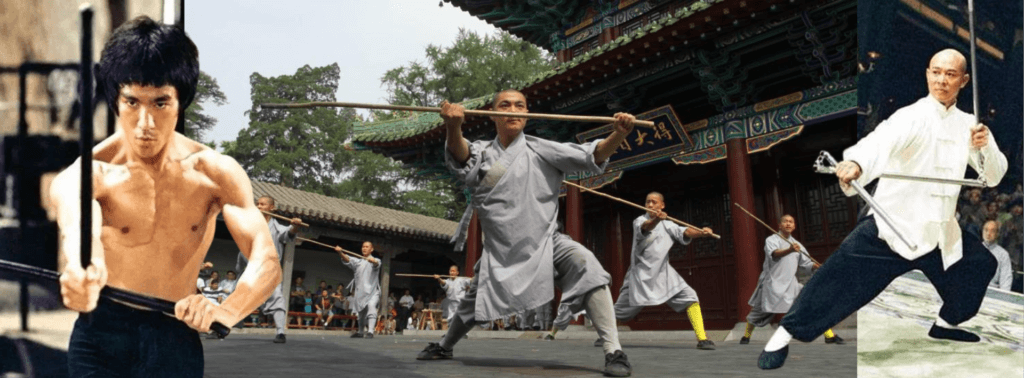
Staff (Bang 棒 / Gun 棍): The staff is one of the most fundamental weapons in Shaolin Kung Fu, featuring a long wooden pole typically made of oak or waxwood.
Three-section Staff (San Jie Gun 三节棍): The three-section staff consists of three connected sections of staff, used for striking, trapping, and disarming opponents.
Cudgel (Duan Gun 短棍): The cudgel, or short staff, is a shorter version of the staff, typically used for close-quarters combat and defensive techniques.

Broadsword (Dao 刀): The broadsword is a single-edged, curved blade with a handle, known for its slashing and cutting techniques.
Straight Sword (Jian 剑): The straight sword is a double-edged blade with a straight, pointed tip, used for thrusting and slicing motions.
Twin Hooks (Gou 钩): The twin hooks are specialized weapons with curved blades and hooks, used for trapping, hooking, and slashing.
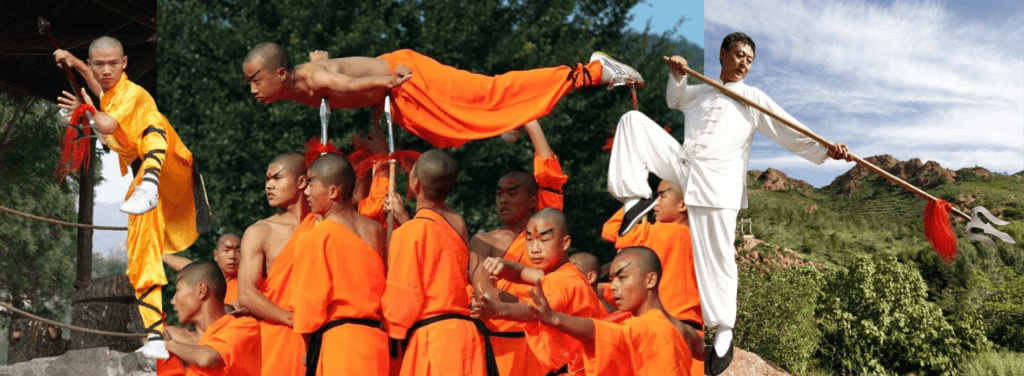
Spear (Qiang 枪): The spear is a long weapon with a pointed metal head and a wooden shaft, suitable for thrusting, slashing, and blocking.
Straight-headed Spear (Ji 戟): The straight-headed spear features a spearhead with a straight, pointed tip, used for thrusting and piercing attacks.
Flying Fork (Cha 叉): The flying fork is a unique weapon with two trident-like prongs, used for stabbing, hooking, and disarming opponents.

Kwandao (Guan Dao 关刀): The kwandao is a long-handled weapon with a curved blade resembling a glaive, used for sweeping, slashing, and chopping.
Pudao (Po Dao 朴刀): A traditional Chinese polearm with a long, curved blade mounted on a handle, designed for slashing, chopping, and thrusting techniques, prized for its versatility and reach advantage in combat.
Cicada Wing Sword (Chan Zi Dao 蝉翅刀): A long two-handed sword with blades on each end and crescent shaped blades over hands, resembling the wings of a cicada, to push back opponents, designed for swift and agile slashing techniques.
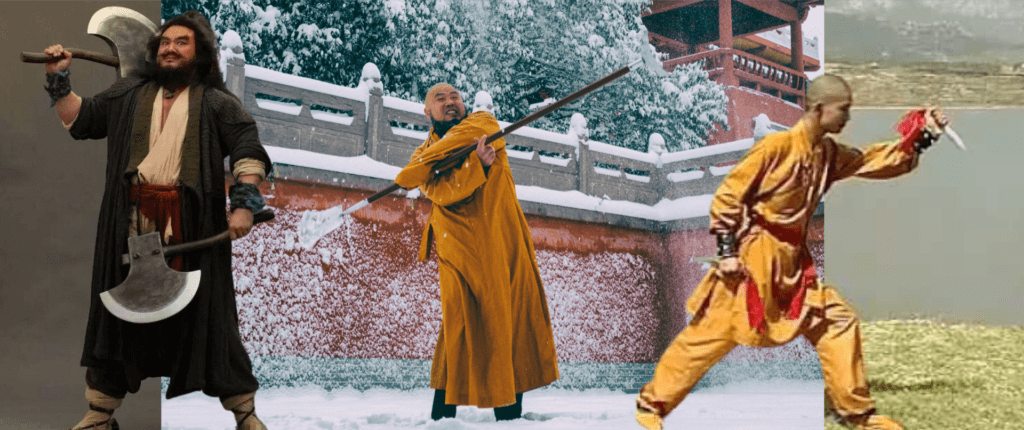
Monk’s Spade (Yue Ya Chan 月牙铲): The monk’s spade is a versatile weapon with a spade-like blade on one end and a crescent-shaped blade on the other, suitable for slashing, thrusting, and blocking.
Battle Axe (Fu 斧): A heavy melee weapon with a bladed head on a long handle, used for powerful chopping and slashing strikes.
Double Daggers (Shuang Bi 双匕): The double daggers are paired short blades with pointed tips, used for stabbing, slashing, and parrying.
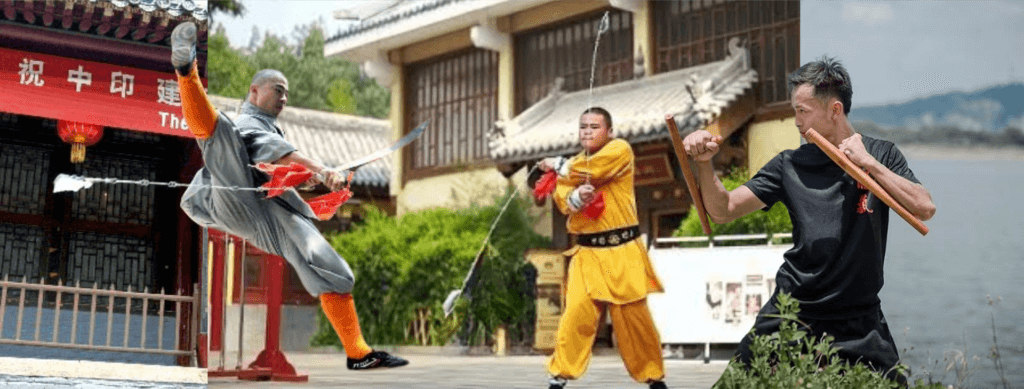
Chain Whip (Jiu Jie Bian 九节鞭): The nine-section whip consists of nine flexible sections joined together, used for striking, entangling, and disarming opponents.
Double Whips (Bian 鞭): The double whips are paired flexible weapons with long handles and multiple strands, used for striking, entangling, and disarming opponents.
Double Crutch (Guai 拐): A weapon characterized by its wooden handle with a perpendicular grip, often used in pairs for blocking, striking, and grappling techniques.
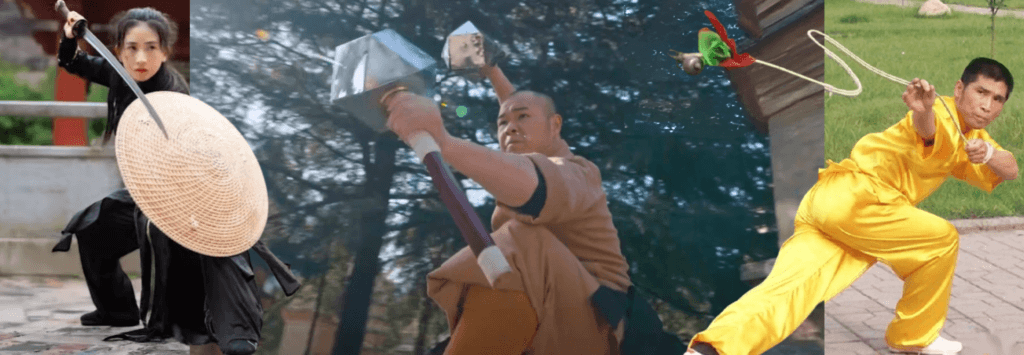
Rattan Shield (Teng Pai 藤牌): The rattan shield is a defensive weapon made of woven rattan, used for blocking, deflecting, and absorbing strikes.
Meteor Hammer (Liu Xing Chui 流星錘): A flexible weapon with weighted ends attached to a rope or chain, used for generating momentum and delivering powerful strikes from a distance.
Double Hammers (Shuang Chui 双锤): The double hammers are paired weapons with heavy, blunt heads, used for crushing, smashing, and blocking attacks.
These weapons represent a diverse array of Shaolin Kung Fu techniques and strategies, encompassing both long-range and close-quarters combat, as well as defensive and offensive tactics. Mastery of these weapons requires extensive training, discipline, and understanding of martial arts principles.
Significance of the Chosen Arms
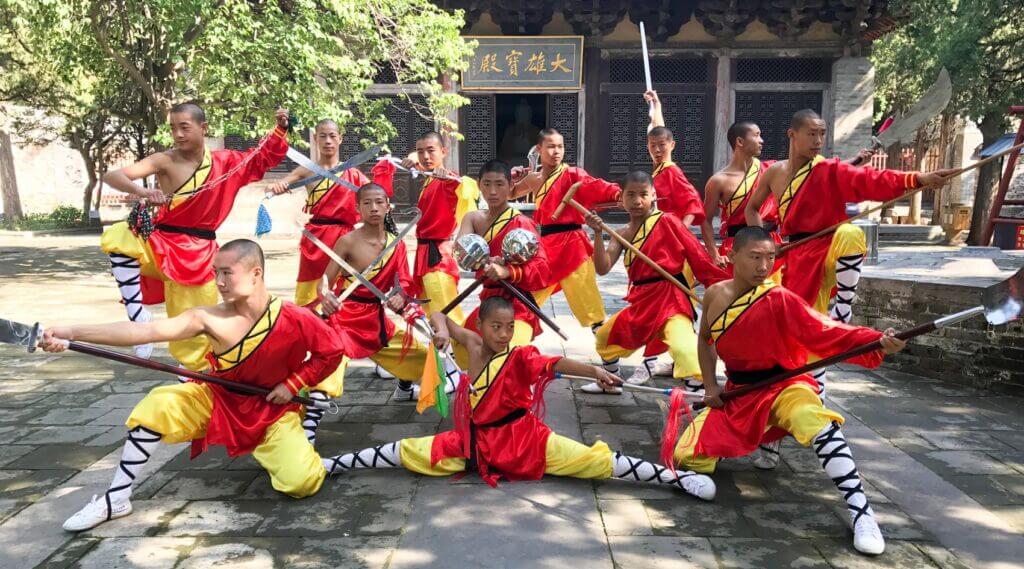
The history of the chosen weapons of the warrior monks at the Shaolin Temple is deeply intertwined with the development and evolution of Shaolin Kung Fu and the temple’s martial arts tradition. While the precise origins of each weapon and their selection by the warrior monks may vary, there are several key factors that contributed to the adoption of these specific weapons:
- Practicality and Versatility: The selection of weapons at the Shaolin Temple was based on their practicality and versatility in combat situations. Each weapon was chosen for its effectiveness in different combat scenarios, including long-range attacks, close-quarters combat, and defensive maneuvers. This ensured that the warrior monks were well-equipped to handle a wide range of adversaries and situations.
- Cultural and Historical Influences: Many of the chosen weapons have deep cultural and historical significance in Chinese martial arts and military history. For example, weapons such as the staff, spear, and straight sword have been used in Chinese warfare and martial arts for centuries, making them natural choices for the warrior monks who sought to defend the temple and its teachings.
- Symbolism and Tradition: The selection of weapons at the Shaolin Temple was also influenced by symbolism and tradition. Each weapon embodies certain martial virtues and principles that are central to Shaolin Kung Fu, such as discipline, courage, agility, and wisdom. By mastering these weapons, the warrior monks not only honed their combat skills but also cultivated their character and spiritual development.
- Adaptation and Innovation: Over time, the warrior monks at the Shaolin Temple adapted and innovated upon traditional weapons to suit their specific needs and preferences. This led to the development of unique weapon variations and specialized techniques that were tailored to the temple’s martial arts tradition. For example, the monk’s spade (Chan Zi) is a distinctive weapon that combines elements of both a spade and a crescent moon blade, reflecting the practical needs and spiritual symbolism of the warrior monks.
- Transmission and Preservation: The chosen weapons of the warrior monks were passed down through generations of Shaolin practitioners through oral tradition, written texts, and hands-on instruction. This ensured that the knowledge and techniques associated with each weapon were preserved and transmitted faithfully from one generation to the next, maintaining the integrity of the Shaolin martial arts tradition.
Overall, the selection of weapons at the Shaolin Temple was a deliberate and strategic process that reflected the temple’s commitment to martial excellence, spiritual cultivation, and the preservation of Chinese martial arts heritage. Each weapon was chosen not only for its practical effectiveness in combat but also for its symbolic significance and role in shaping the identity and legacy of the warrior monks of Shaolin.
Tools of Trade

Here are some specific examples of how certain weapons used by Shaolin warrior monks had multiple purposes beyond combat, serving practical functions in daily life:
Monk’s Spade (Yue Ya Chan): The monk’s spade is a versatile weapon that combines a spade-like blade with a crescent-shaped blade on the opposite end. While it was primarily used for combat and self-defense, the spade blade also served practical purposes in daily life, such as digging, gardening, and farming. The crescent-shaped blade could be used for cutting vegetation, clearing debris, and performing other tasks around the temple grounds. Additionally, the monk’s spade was sometimes used as a ceremonial tool in religious rituals and ceremonies.
Staff (Gun): The staff is one of the most fundamental weapons in Shaolin Kung Fu and served as a multipurpose tool for warrior monks. In addition to its role in combat and martial arts training, the staff was commonly used for practical tasks such as walking, hiking, and traveling. Its length and sturdy construction made it useful for navigating rugged terrain, crossing streams, and providing stability on uneven ground. The staff could also be used as a makeshift pole for carrying loads, setting up temporary shelters, and performing various manual labor tasks.
Spear (Qiang): The spear is another staple weapon of Shaolin Kung Fu with practical applications beyond combat. In addition to its use in martial arts training and combat scenarios, the spear was utilized for hunting, fishing, and gathering food in wilderness areas surrounding the temple. Its long reach and sharp point made it effective for spearing fish, game, and other prey, while its lightweight design and maneuverability made it easy to wield in outdoor environments. The spear could also be used for signaling, communication, and as a walking stick during long journeys.
Cudgel (Duan Gun): The cudgel, or short staff, was favored by warrior monks for its simplicity, versatility, and ease of use. While it was primarily employed in combat and martial arts training, the cudgel also had practical applications in daily life. Its compact size and lightweight construction made it convenient for carrying and handling, making it useful for tasks such as gathering firewood, building shelters, and clearing vegetation. Additionally, the cudgel could be used as a tool for self-defense against wild animals or aggressive individuals encountered during travel or exploration.
These examples highlight how certain weapons used by Shaolin warrior monks served multiple purposes beyond combat, fulfilling practical needs in daily life and reflecting the resourcefulness and adaptability of the temple’s martial arts tradition.
Conclusion
The Shaolin 18 Arms represent a rich and diverse array of traditional Chinese martial arts weapons that have been integral to the Shaolin Temple’s martial arts curriculum for centuries. From the iconic staff and broadsword to the lesser-known but equally formidable weapons like the double crutch and meteor hammer, each weapon embodies unique characteristics, techniques, and cultural significance. Passed down through generations of practitioners, the Shaolin 18 Arms reflect the ingenuity, skill, and adaptability of Shaolin martial arts, serving not only as tools for combat and self-defense but also as symbols of discipline, perseverance, and spiritual growth. As practitioners continue to train and preserve these ancient arts, the legacy of the Shaolin 18 Arms lives on, inspiring future generations to embrace the rich heritage of Chinese martial arts and uphold its timeless principles of honor, courage, and resilience.

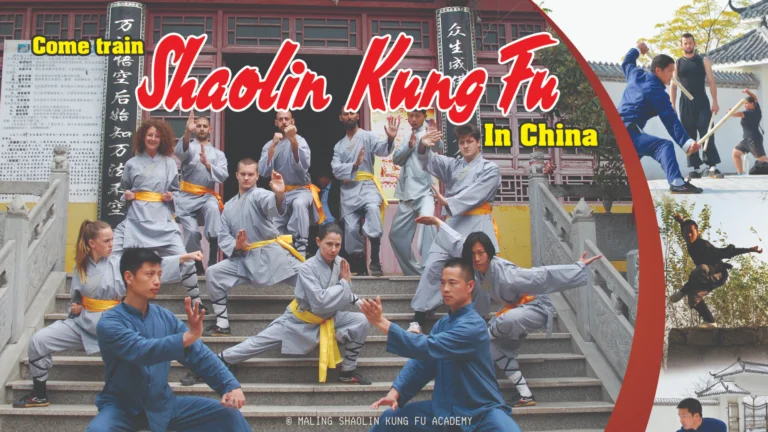
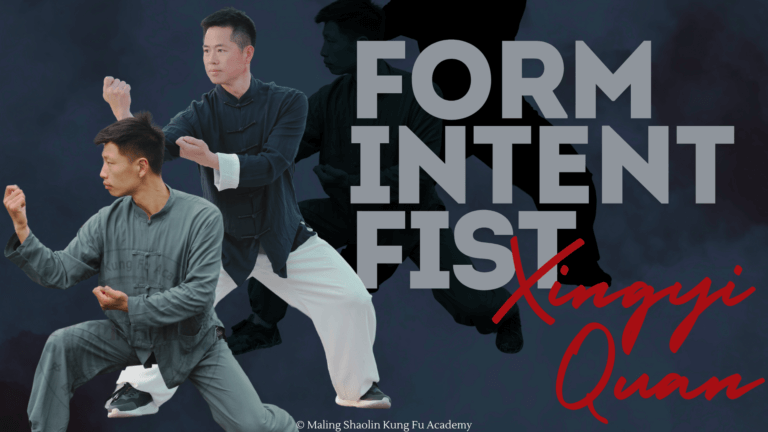
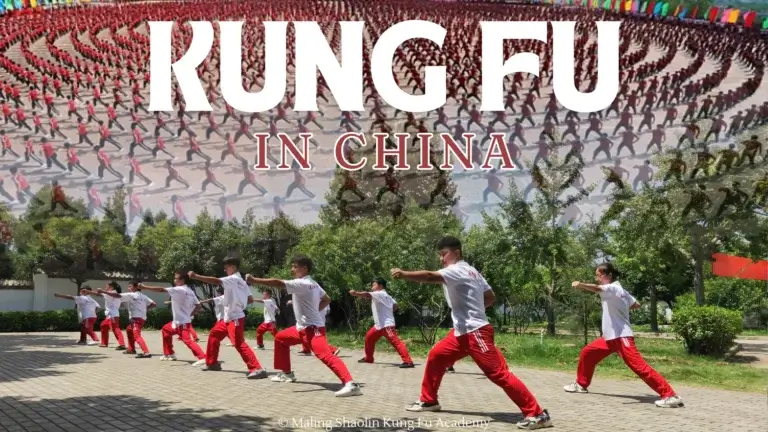
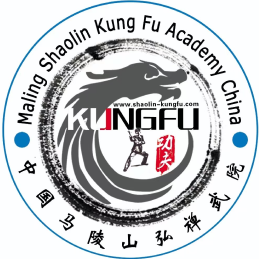
My brother suggested I might like this website. He was totally right. This post actually made my day. You cann’t imagine just how much time I had spent for this information! Thanks!